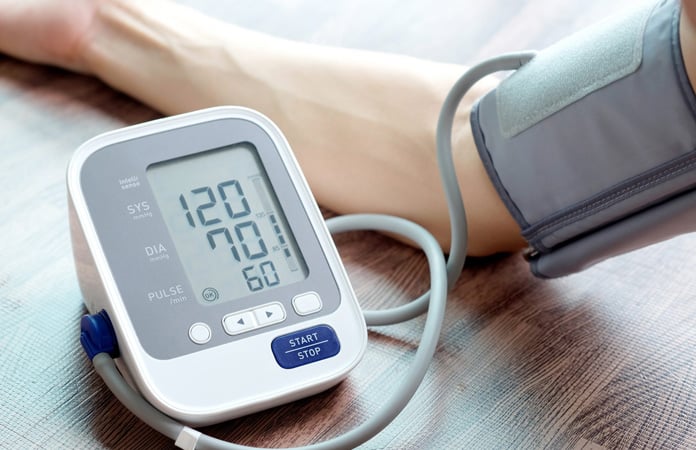Hypertension, also known as high blood pressure, is a condition that happens when blood pressure increases excessively. In the long run, this would lead to health problems, especially heart disease. It is a quite common disorder that affects nearly 50 percent of adults. People often do not notice clear signs as the condition tends to develop over years. However, it gradually causes damage to organs and blood vessels. Early detection can help prevent serious complications and bring your blood levels to normal. Below is what you should know about the diagnosis and treatment for high blood pressure.
High Blood Pressure Diagnosis
Blood Pressure Tests
The best way to diagnose hypertension is to measure blood pressure. This procedure can be done at the doctor’s office with a blood pressure cuff. The doctor will compress this tool to squeeze and release blood’s external pressure on your arm’s artery. Based on the results, it is possible to know whether you have high blood pressure:
– Normal blood pressure: diastolic pressure fewer than 80 mmHg and systolic pressure fewer than 120 mmHg
– Hypertension: diastolic pressure greater than 79 mmHg and systolic pressure greater than 129 mmHg
Hypertension can be further divided into 2 stages:
– Stage 1: diastolic pressure between 80 and 89 mmHg and systolic pressure between 130 and 139 mmHg
– Stage 2: diastolic pressure greater than 89 mmHg and systolic pressure greater than 139 mmHg [1]










